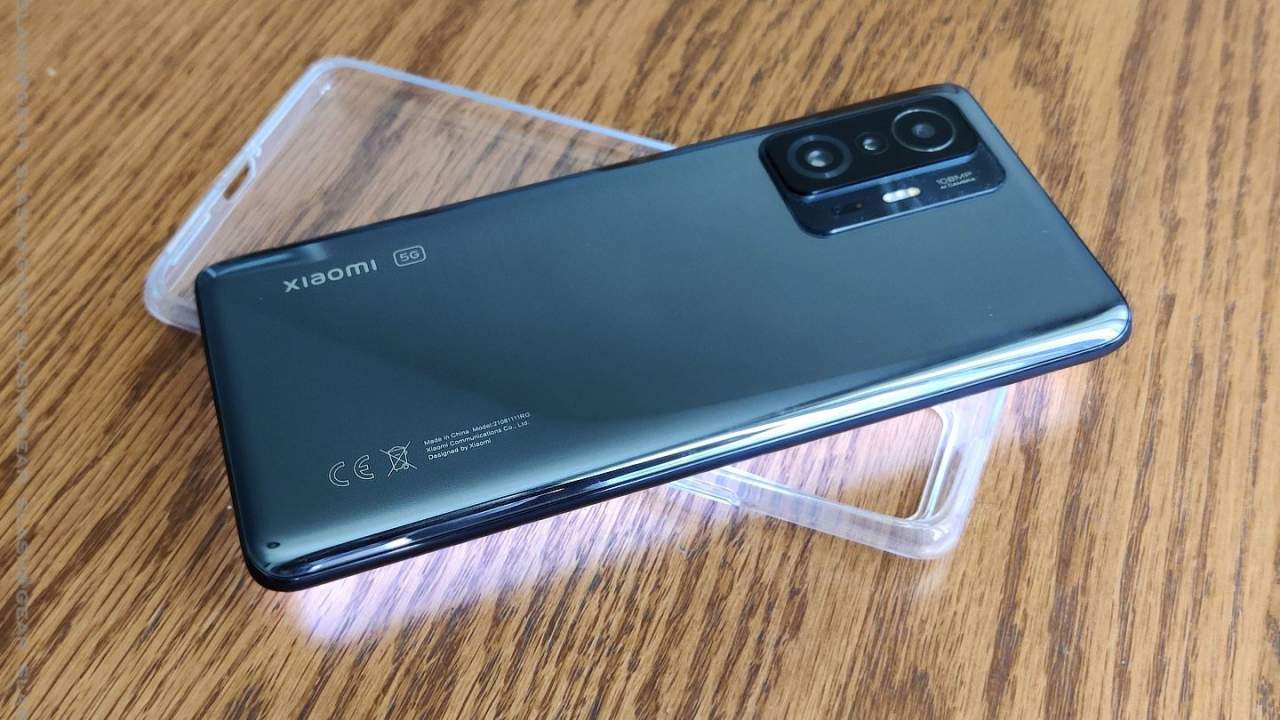Numerous smartphone makers away from Apple, Samsung, and Google have been contending to give the fastest charging technologies, but these are all just band- aid results to the real problem anguishing smartphones for times on end. Battery technology, especially for consumer electronics, has n’t exactly made hops and bounds in the once times in discrepancy to the fast-paced invention passing in smartphones and indeed charging technologies. Xiaomi, still, wants to sing a different tune soon, and it’s publicizing an advancement in its battery R&D that sounds nearly too modest but actually has a bigger impact than a 120Wsuper-fast charging speed.
It’s nearly crazy how far we ’ve gotten when it comes to charging technologies. In the history, we ’d actually have to leave phones plugged in late to make sure they had enough juice by the time we woke up. These days, it might actually be more dangerous and more hamstrung to do that unless you have a phone that can stop or trickle charge after a given chance.
We ’ve indeed come to a point where it nearly seems that some companies have lost their marbles. Before this time, Xiaomi showed off its newestsuper-fast charging technologies that reached 200W wired pets and an unthinkable 120W wireless charging speed. Of course, we have n’t seen indeed a shadow of these in this time’s phones.
Not all smartphone makers have jumped on that crusade, however, and presumably for a good reason. There are retired costs you have to pay with briskly charging, like overall battery life as well as safety pitfalls. Fast charging technologies are really just meant to minimize the time-out we’ve to put up with when juicing up phones. They do n’t really address the real problem at its roots.
Smartphone batteries have changed veritably little over the times, conceivably over decades indeed, and we carry the same unpredictable chemicals inside our pockets day in and day out. Xiaomi, still, is now making a big claim that looks small in environment but is presumably one of the biggest advancements in battery tech we ’ve heard so far that is n’t related to charging.
For one, it claims to have developed a way to add 10 further battery capacity in the same battery size. For illustration, a mAh battery pack would actually have a mAh capacity, and Xiaomi estimates this would add 100 further twinkles of average use. This significant enhancement is thanks to a variety of changes in the battery’s internal and external design. For illustration, the battery’s protection circuit module (PCM or MCP) is made to sit flush with the battery’s top, reducing the space needed for the element.
Xiaomi does also talk about a new charging- related invention in the form of a “ energy hand chip” that cover’s overnight charging so that it slows down the rate until you ’re about to wake up, at which point it’ll also speed up the charging until it reaches 100. While there are smartphones that formerly announce this point, it’s substantially dependent on software specific to a company’s Android skin. Xiaomi is bringing that technology to the battery’s regulator tackle directly, potentially making it brand-agnostic.
That 10 enhancement nearly seems too modest compared to Xiaomi’s charging claims, but that only makes it sound more realistic and realizable as well. That said, Xiaomi does n’t plan on having these batteries ready until the alternate half of 2022, so it’ll take a while before consumers actually get to witness and test these earnings. That gives OPPO, one of its biggest rivals in this space, time to also reveal its own coming- word battery tech, and it’ll hopefully spark a new race that focuses further on the battery itself rather than just the charging speed.




Average Rating